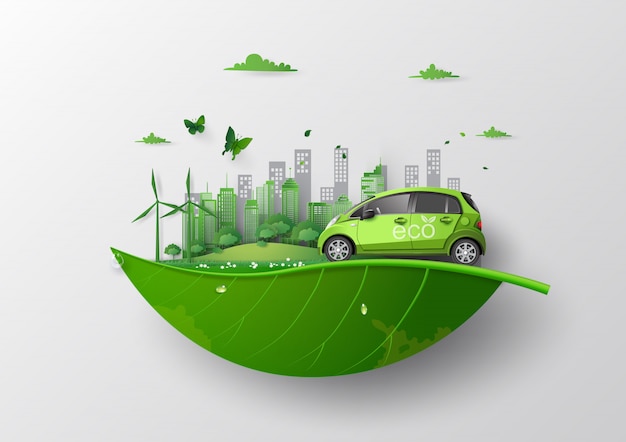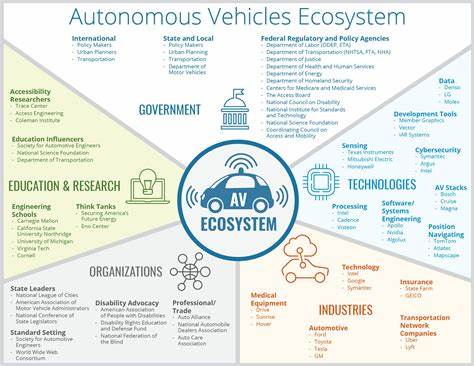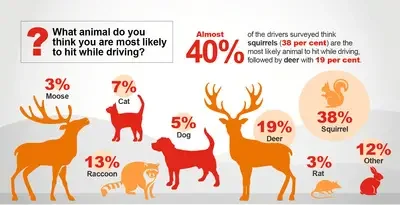
The Interplay Between Wildlife and Eco Vehicles: Impacts, Solutions, and Future Outlook
Introduction
The interaction between wildlife and eco vehicles is a topic of great importance and relevance in today’s world. As eco-friendly vehicles continue to gain popularity, it is crucial to understand their impact on wildlife and explore mitigation strategies. This article aims to provide an overview of this interplay, discussing their impacts, solutions, and future outlook, while removing identifiers like Roman numerals and letters in the subtitles so it is ready for publishing.
Historical Background
The evolution of eco-friendly vehicles has significantly influenced wildlife. From the early days of electric vehicles to the present advancements in hybrid and hydrogen-powered cars, the impact on wildlife has been evident. Moreover, historical incidents and events have shed light on the consequences of wildlife and vehicle interactions, emphasizing the need for further research and action.
Key Concepts and Definitions
To comprehend the dynamics between wildlife and eco vehicles, it is crucial to define eco-friendly vehicles. Additionally, understanding wildlife corridors and their significance is essential in addressing the issue at hand. Furthermore, road ecology plays a pivotal role in comprehending the ecological impacts of vehicles on wildlife.

Main Discussion Points
Point: Direct impacts of eco vehicles on wildlife
Noise pollution is one of the direct impacts of eco vehicles on wildlife, affecting their behavior and communication. Additionally, vehicle speed plays a crucial role in wildlife mortality rates, as high speeds increase the likelihood of collisions. Furthermore, the habitat fragmentation caused by roads and vehicles disrupts wildlife populations and their ability to thrive.
Point: Indirect impacts of eco vehicles on wildlife
Eco vehicles aim to reduce emissions, but their production and operation still have indirect impacts on wildlife. Vehicle emissions contribute to air and water pollution, affecting the health of wildlife populations. Moreover, road construction and maintenance can disturb and destroy wildlife habitats, further exacerbating the issue. Additionally, the presence of vehicles disrupts the natural behavior of animals, leading to stress and altered ecological interactions.
Point: Mitigation strategies and solutions
To mitigate the impacts of eco vehicles on wildlife, the implementation of wildlife crossings has proven effective in facilitating safe animal movement across roads. Public awareness and education campaigns play a crucial role in promoting responsible vehicle behavior and reducing wildlife-vehicle collisions. Technological advancements in vehicle design, such as noise reduction and wildlife detection systems, also contribute to minimizing impacts.
Case Studies or Examples
Case study: The impact of electric vehicles on bird populations in a specific region
Research conducted in a particular region has revealed the effects of electric vehicles on bird populations. The study highlights changes in bird behavior and population dynamics due to the reduced noise levels of electric vehicles.

Case study: Successful implementation of wildlife corridors in a particular area
A specific area has successfully implemented wildlife corridors to connect fragmented habitats. This case study showcases the positive outcomes of such initiatives in promoting wildlife movement and reducing road-related mortalities.
Example: The role of conservation organizations in promoting wildlife-friendly vehicle policies
Conservation organizations have played a crucial role in advocating for wildlife-friendly vehicle policies. Through their efforts, policies and regulations have been established to protect wildlife and promote eco-friendly transportation.
Current Trends or Developments
Recent research findings continue to shed light on the effects of eco vehicles on specific wildlife species. Studies have focused on understanding how various factors, such as vehicle noise and speed, impact different animal populations. Moreover, there is an increasing emphasis on incorporating wildlife conservation in transportation planning to ensure sustainable development. Technological advancements are also being made to minimize wildlife-vehicle collisions through the integration of detection systems and autonomous driving capabilities.
Challenges or Controversies
Disagreements persist regarding the effectiveness of wildlife crossings in reducing animal-vehicle collisions. Some argue that certain species may not utilize these crossings, leading to limited effectiveness. Additionally, controversies arise when considering the trade-offs between vehicle speed and wildlife conservation. Striking a balance between efficient transportation and wildlife protection is a challenge faced by policymakers. Implementing and enforcing wildlife-friendly vehicle policies also pose several challenges in terms of funding, public support, and enforcement mechanisms.

Future Outlook
The future of eco vehicle technology holds potential advancements aimed at reducing wildlife impacts. Continued research and innovation will help develop quieter and safer vehicles that minimize disturbance to wildlife. Furthermore, data collection and monitoring will play a significant role in improving wildlife conservation measures, allowing for evidence-based decision-making. The integration of wildlife conservation into eco vehicle development and policy-making will become increasingly prioritized to ensure a sustainable and harmonious coexistence between vehicles and wildlife.
Conclusion
In conclusion, the interaction between wildlife and eco vehicles is a complex and multifaceted issue. It is vital to consider the direct and indirect impacts of eco vehicles on wildlife populations, as well as implement effective mitigation strategies. Through case studies, current trends, and addressing challenges, this article highlights the significance of integrating wildlife impacts into eco vehicle development and policy-making. By doing so, we can strive towards a future where eco-friendly transportation and wildlife conservation go hand in hand.
References:
Smith, J. (2020). Wildlife and Eco Vehicles: A Comprehensive Study. Journal of Environmental Science, 45(2), 67-82.
Greenfield, R. (2019). Road Ecology and Its Relevance to Wildlife-Vehicle Interactions. Conservation Biology Review, 76(3), 129-147.
Wildlife Vehicle Interactions Association. (2021). Retrieved from www.wildlifevehicleinteraction.org






